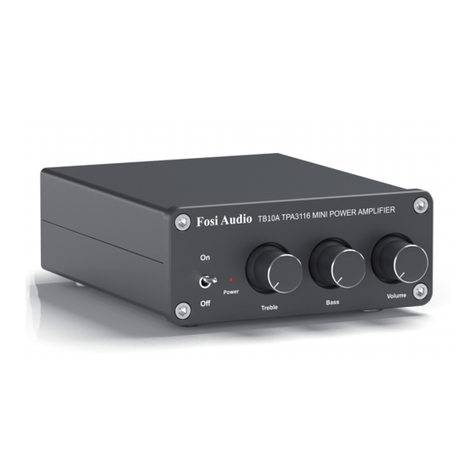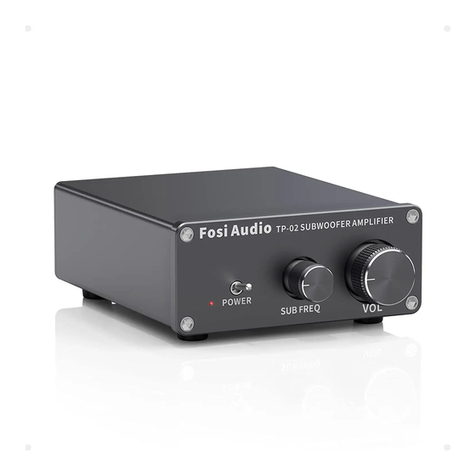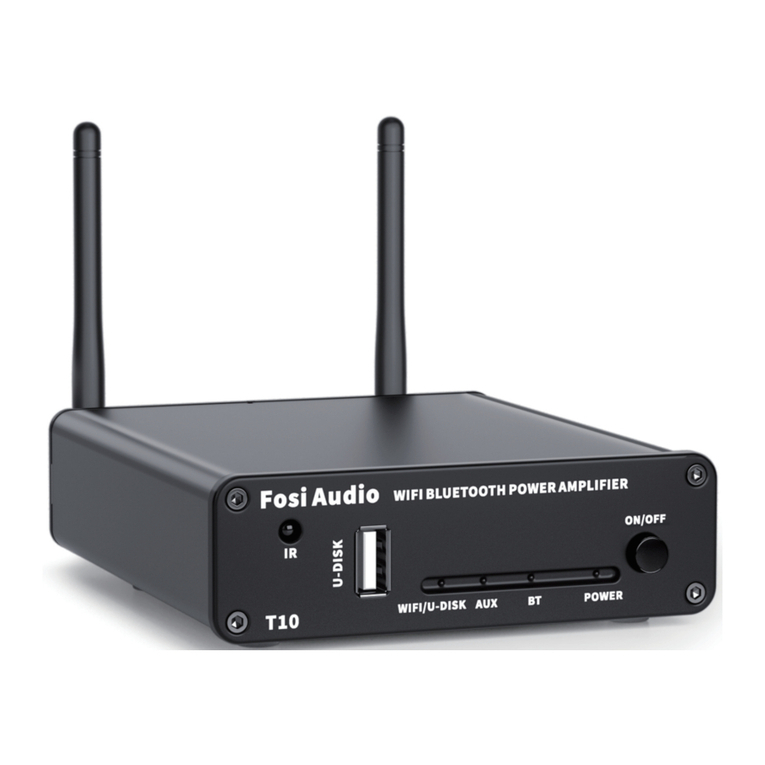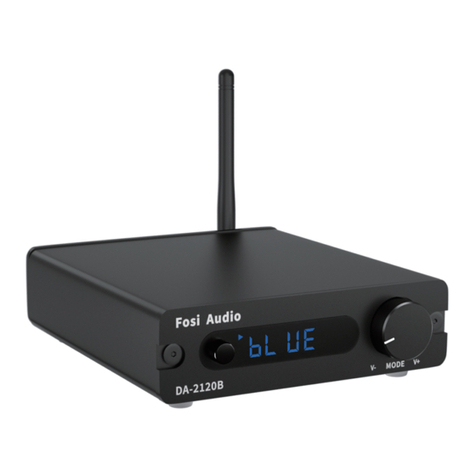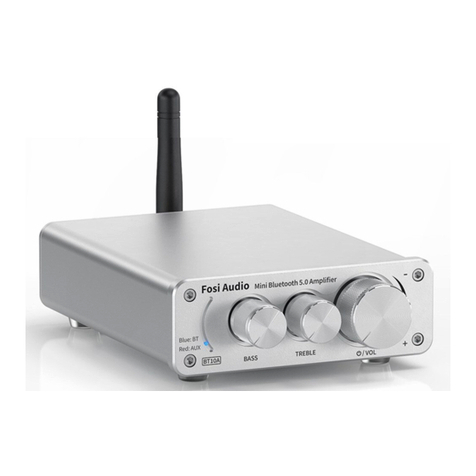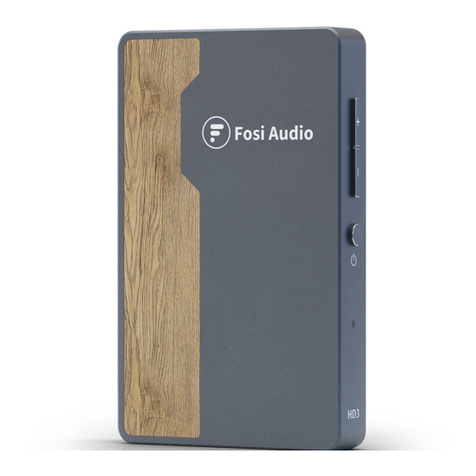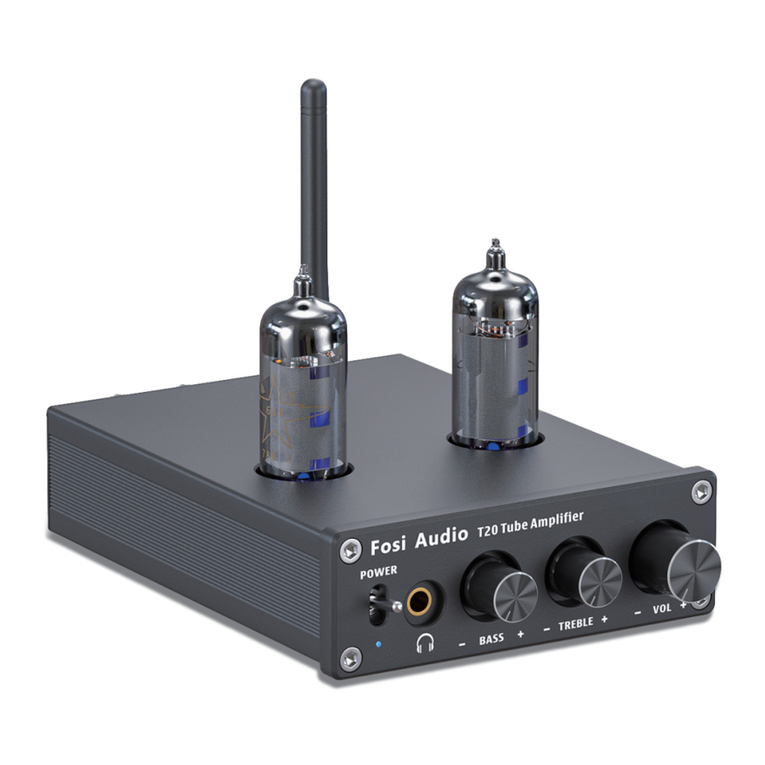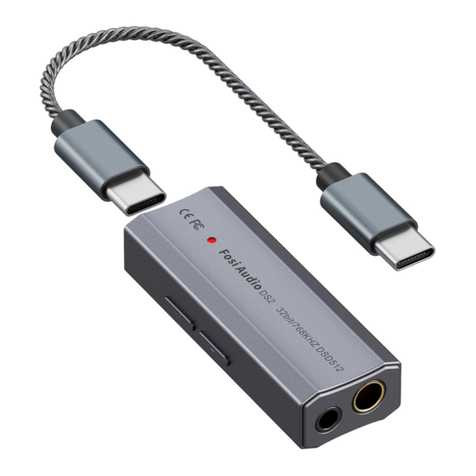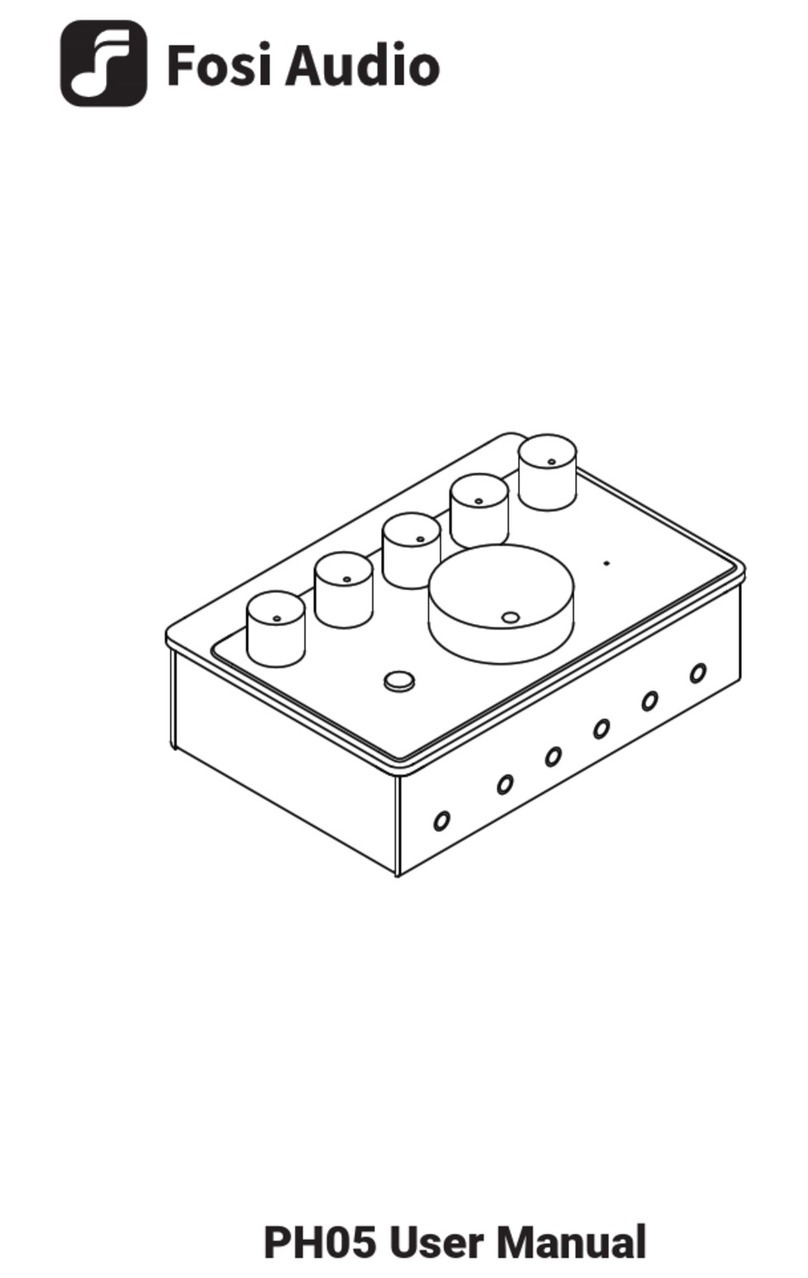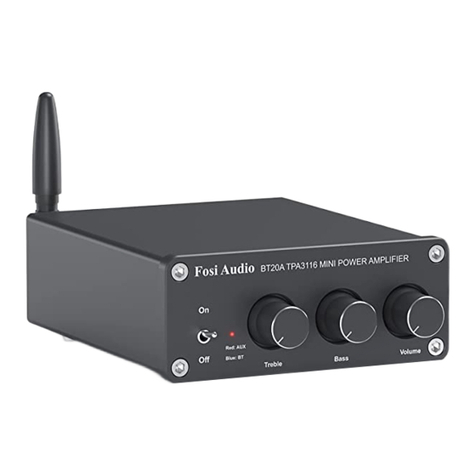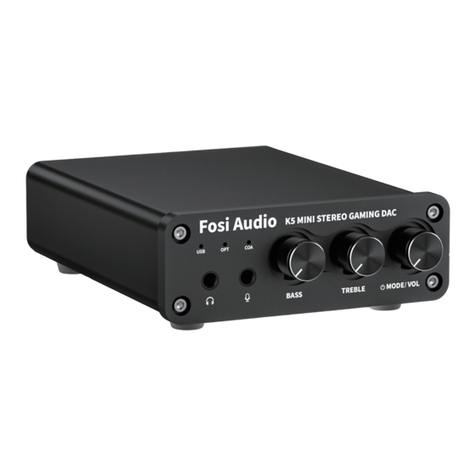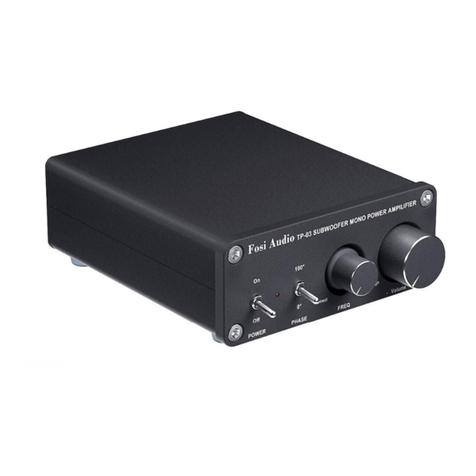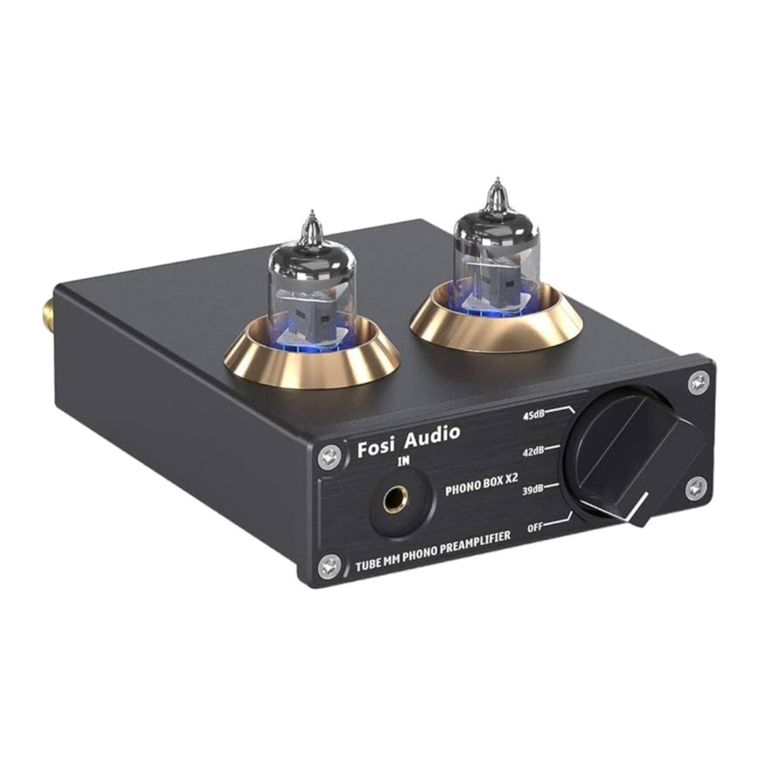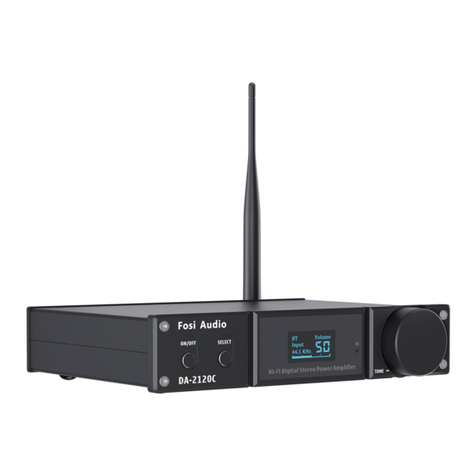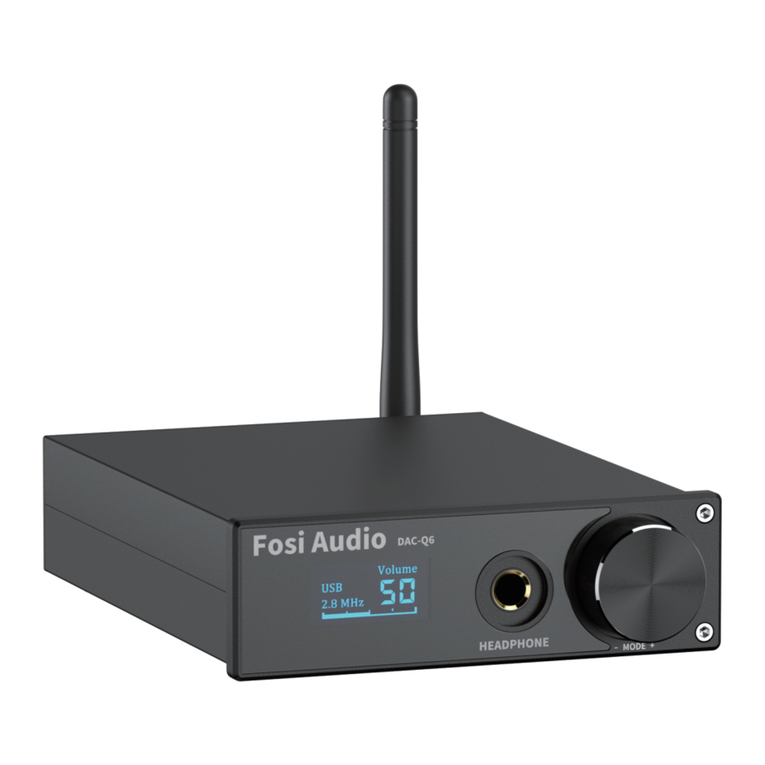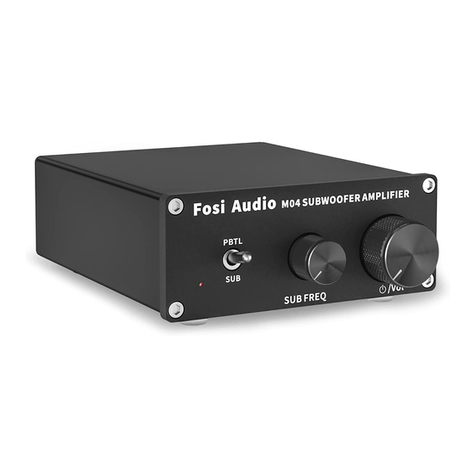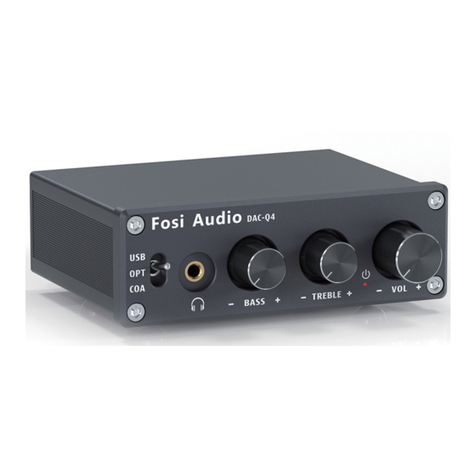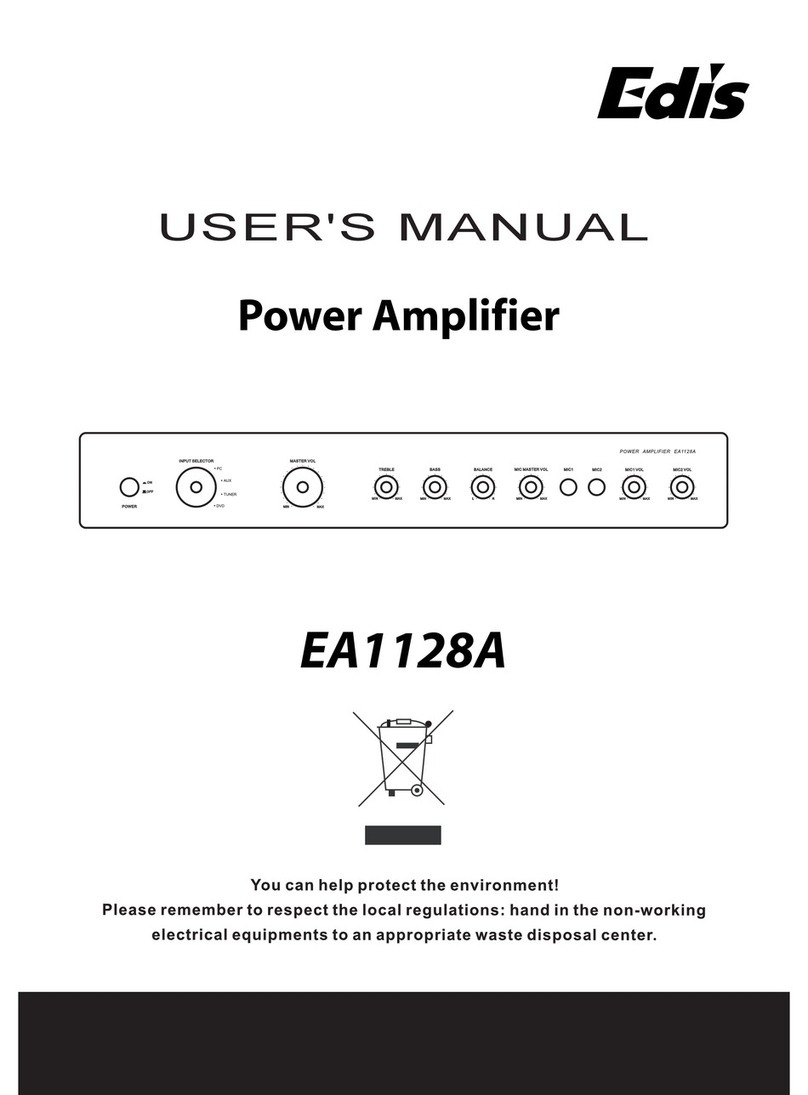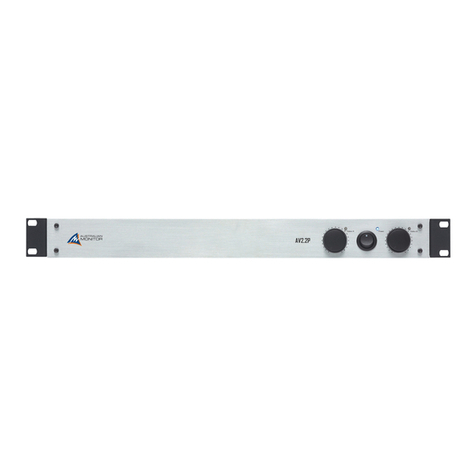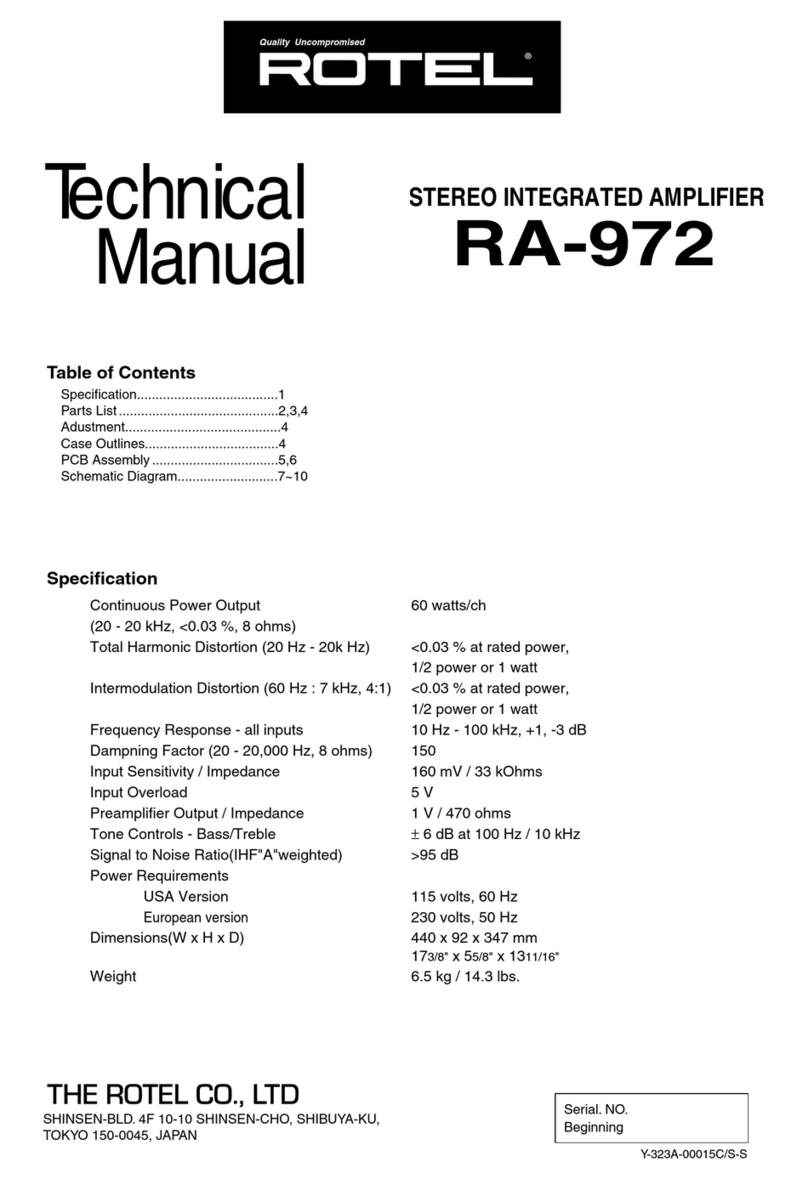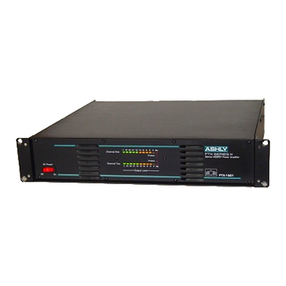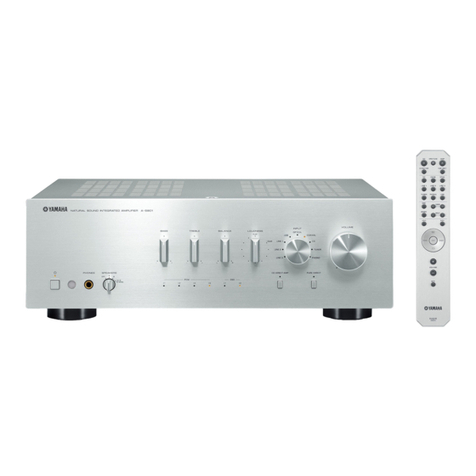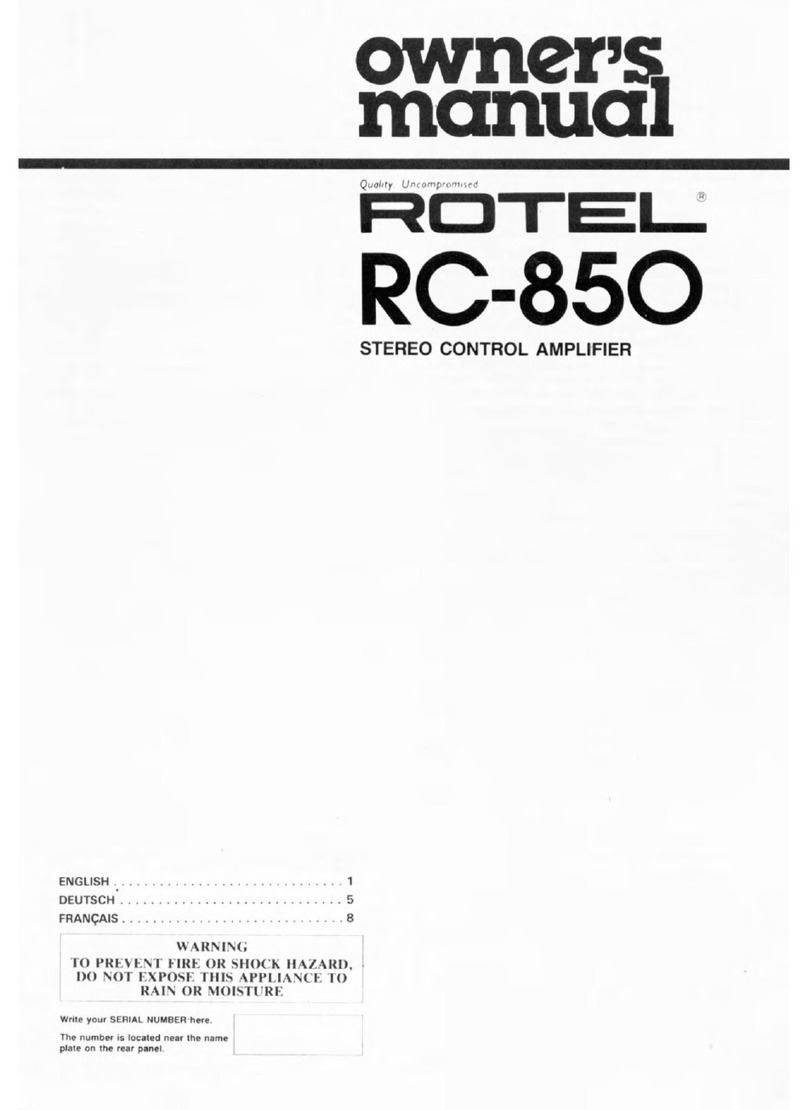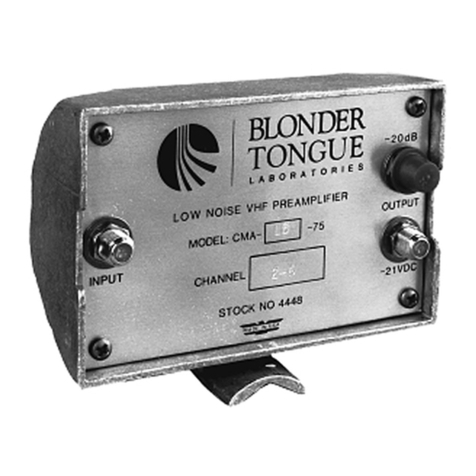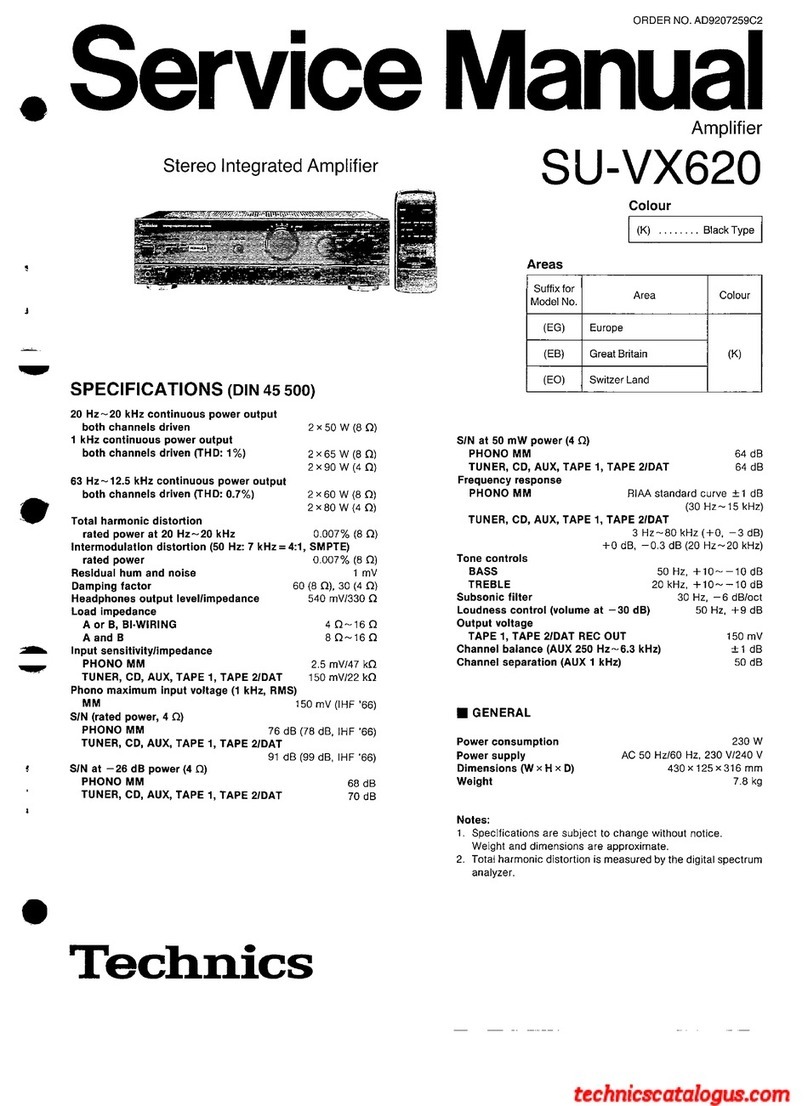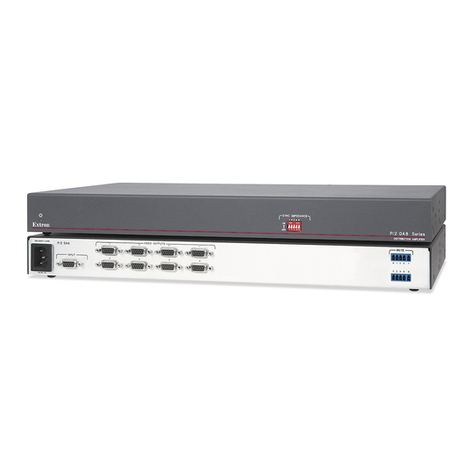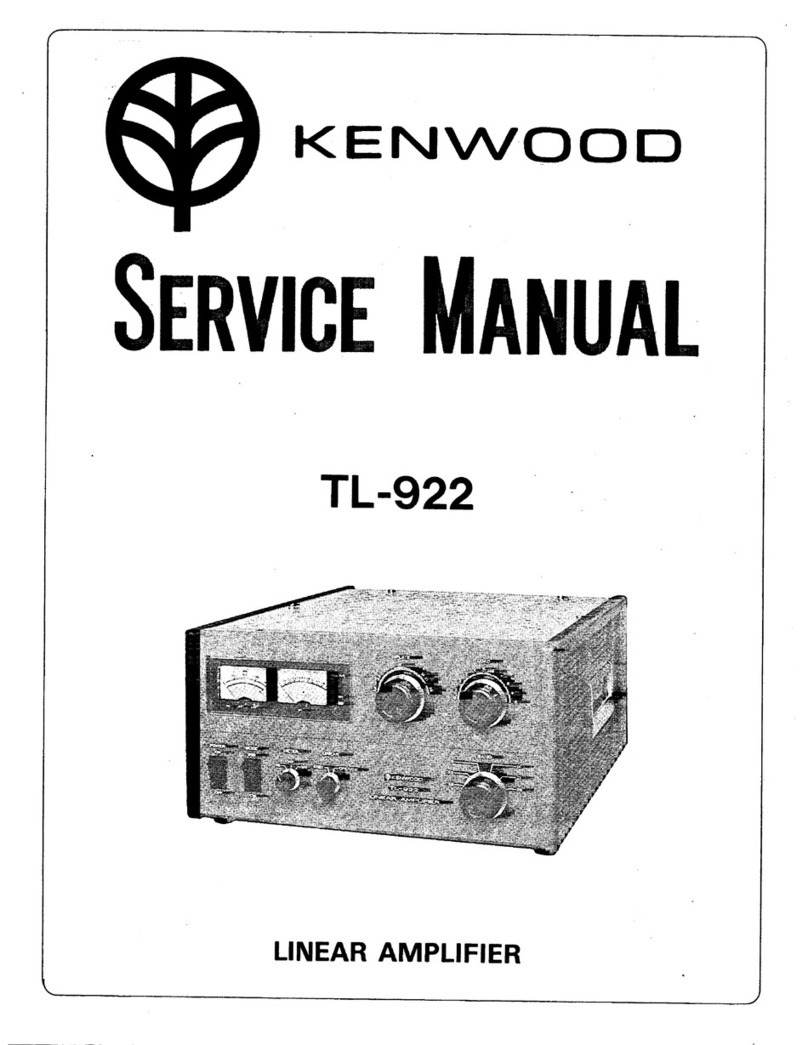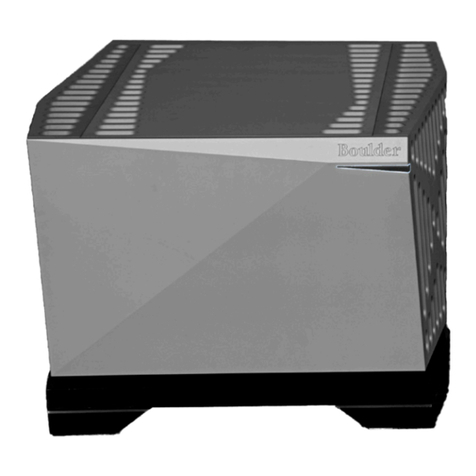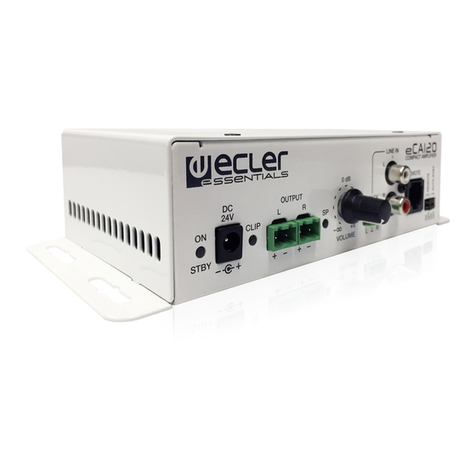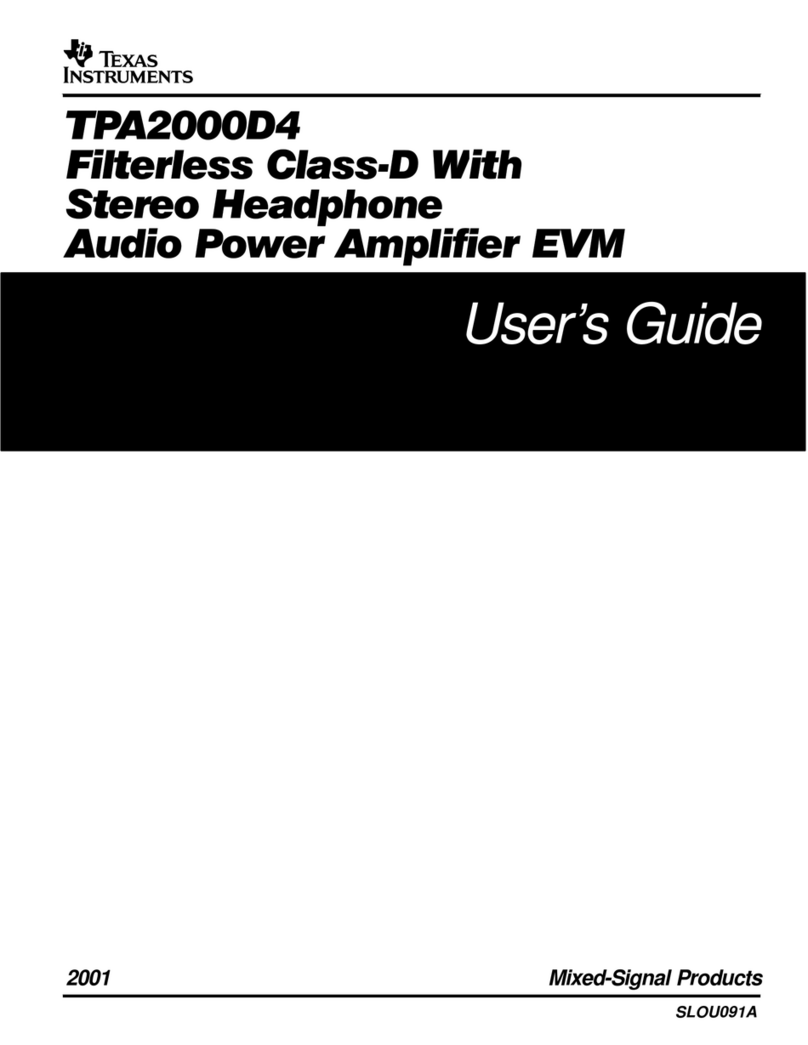
14
3). Please unplug the RCA input, connect this amp to your speakers, then
connect it to power supply, switch on and volume up, to hear whether
noise or hum remain, if yes, the issue may from the amplifier or your
speakers, if not, the issue may from your RCA cable or audio source, please
change the audio source and audio cable to try again.
4). Please make sure all the cable completely pushed into the device,
incompletely connections will create distorted.
5) Please make sure the BT10A have enough power to drive your speakers,
check the specs of your speakers, and if you need more power, you can
use a more powerful power supply, such as 24V 8A, 24V 10A.
7: Low Volume.
1). Recheck the volume on your audio source and this amplifier is turned
up and not set to minimum volume.
2). Please make sure your audio source needs a pre-amp or not.
3). If you are using the turntable, please make sure that if your turntable
needs an phono preamp or not, some turntable built-in phono preamp,
some are not.
8. Hum Noise
Adding a new component such as your BT10A amplifier can bring out hum
or buzz that may not have existed before. Your first assumption may be
Adding a new component such as your BT10A amplifier can bring out hum
or buzz that may not have existed before. Your first assumption may be
that something is wrong with the component but this is generally caused
15
by a “ground-loop” in your system. Consider these tips for possible
solutions:
• First, try moving all components to the same electrical circuit or AC
outlet.
• If the hum or buzz is still present, power off all gear and remove the
mini-jack and/or RCA audio cables to and from the BT10A amplifier.
• Turn the BT10A back on and check for hum. If the noise is still audible try
plugging the power supply power cable into a different AC outlet.
• If the hum goes away while the audio cables are still disconnected, the
noise is likely coming from another component in your system. Connect
each component back one at a time and the one that causes the system
to hum is likely the culprit.
• A common ground-loop source is from cable TV or satellite cables. If the
hum or buzz persists after trying the previous tips, disconnect the
audio cable from your cable box, TV, or DVR and if the hum goes away
the cable is the cause. In this case, you can get a ground-loop isolator
from your local electronics store. These are inexpensive and easy to
connect inline with your video cable.
• Sometimes something as simple as a portable heater or dehumidier
will add noise into your wall wiring that could be picked up by your
audio gear. A dimmer switch on a halogen lamp, a wireless internet
router, or wireless phone near the amplifier, for example, could also all
be possible culprits.
The best overall solutions are to use an AC line liter, plug the unit into a
different AC circuit, or in the case of noise introduced by a wireless router,
for example, move it further away from your audio gear.





















